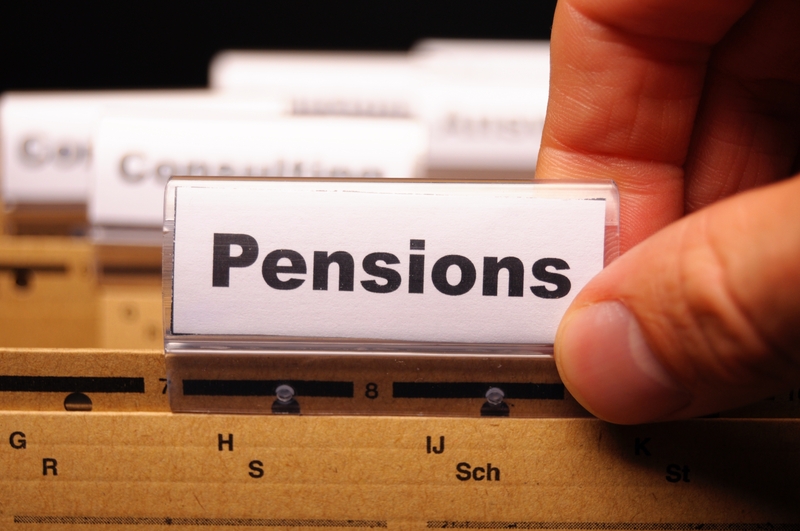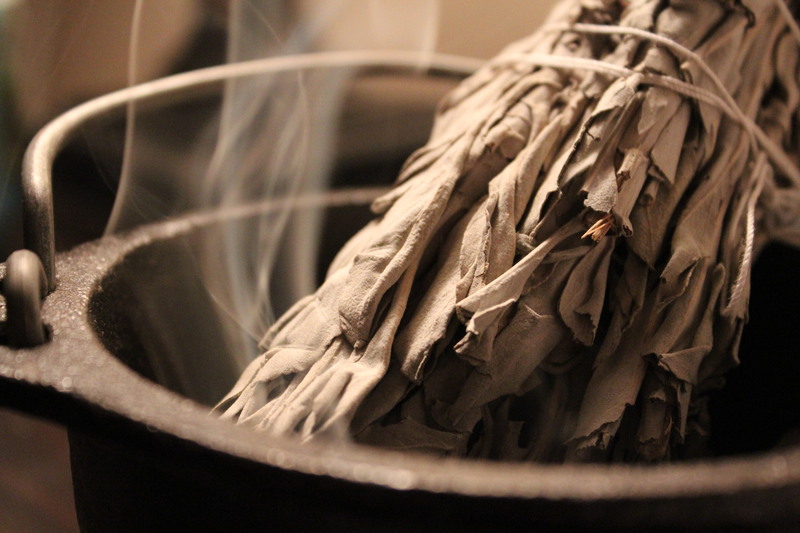Why Moving a Piano Isn't a DIY Job: Expert Advice
Posted on 23/06/2025
Why Moving a Piano Isn't a DIY Job: Expert Advice
The Risks and Realities of Moving a Piano Yourself
Are you considering moving a piano on your own? While it might seem like a good way to save money, piano relocation is a task that comes with unique challenges and significant risks. In this comprehensive article, we'll explore why moving a piano isn't a DIY job, drawing from expert advice and real-world experience in the moving industry. We'll help you understand the complexities of transporting these beautiful but bulky instruments and why hiring professional piano movers is the safest option for both your piano and your well-being.

Understanding the Complexity of Piano Moving
Different Types of Pianos and Their Unique Needs
Pianos might look sturdy, but their internal structures are delicately balanced. Whether you own an upright, a baby grand, or a concert grand, each type presents challenges that can make do-it-yourself piano moving a risky proposition.
- Upright pianos: Though more compact, they can weigh up to 800 pounds. Their height and weight distribution make maneuvering through tight hallways difficult.
- Baby grand and grand pianos: These can range from 500 to over 1,200 pounds. Their irregular shapes and unwieldy legs make them particularly tricky to move without the right equipment.
- Digital pianos: While generally lighter, they still contain fragile components that require careful handling.
Delicate Internal Mechanisms
Pianos consist of thousands of moving parts--strings, hammers, pedals, and soundboards--that are finely tuned. Even slight bumps can throw the instrument out of tune or cause permanent damage. Attempting a DIY piano move increases the risk of:
- Bent or broken pedals
- Cracked wood or frames
- Misaligned action components
- Broken strings
These costly damages can render a piano unplayable, or require expensive repairs. That's why expert advice always recommends using professional movers for any piano relocation.
Physical Hazards of Moving a Piano on Your Own
Size and Weight: A Dangerous Combination
The average piano weighs anywhere from 300 to 1,200 pounds. Its awkward, unwieldy shape makes it a difficult object to grip and balance. Transporting such a heavy load without proper training and equipment is a recipe for disaster.
- Back injuries: Poor lifting techniques can lead to muscle strains, herniated discs, or worse.
- Finger and hand injuries: Unprotected digits are at risk of crushing beneath the weight.
- Trips and falls: Stairs, corners, and narrow doorways increase the risk of tripping, which can result in serious injuries.
It only takes a split second for a move to go wrong. The consequences of a dropped piano extend far beyond property damage--they can lead to lasting harm or even hospitalization.
Property Damage is a Real Concern
Attempting to move a piano without professional help can cause extensive damage to your home or property. Risks include:
- Scratched or gouged floors
- Broken stairs or banisters
- Damaged walls and door frames
- Crushed carpets
Repairing these damages can be expensive, often far exceeding the cost of hiring proper piano moving professionals.
Why Professional Piano Movers Are Essential
Specialized Equipment
Professionals come equipped with industry-standard tools designed specifically for piano moves:
- Piano dollies--specialized for moving upright and grand pianos safely over different surfaces.
- Padding and straps to protect the piano and surrounding walls.
- Skid boards and ramps for handling stairs and uneven surfaces.
- Protective wrapping to prevent scratches, chips, and exposure to environmental factors.
Without these tools, even a small bump or drop can have disastrous consequences.
Expert Technique and Training
Reputable piano moving companies employ trained professionals who understand:
- The correct way to lift, tilt, and maneuver pianos in tight quarters
- Securing the instrument safely for transport
- Disassembly and reassembly of components when necessary
Years of experience teach movers how to anticipate and overcome obstacles, ensuring your piano arrives in perfect condition.
Insurance and Liability Protection
When you move a piano yourself, you assume all the risk for personal injury and property damage. Professional movers carry insurance to cover any accidental damage, giving you peace of mind in case the unexpected happens. This extra layer of security is something a DIY move can never offer.
What the Experts Say: Insights from Piano Technicians and Movers
"Most home damage and serious piano injuries occur because people underestimate the weight and awkwardness of their instrument. Moving companies use trained crew and specialized gear to avoid accidents. For your beloved piano, and your safety, leave it to the pros." -- Piano Technician's Guild
The consensus among professional movers and piano tuners is simple: moving a piano without adequate experience is strongly discouraged. The hidden risks are too great, and the losses--personal, financial, and musical--can be devastating.
Frequently Asked Questions about Piano Moving
Can I move an upright piano myself?
While upright pianos might seem more manageable, they still weigh hundreds of pounds and contain delicate components. Without the proper team and tools, the risk of injury or damage is quite high.
What's the cost of hiring a piano moving specialist?
Professional piano movers typically charge between $200 and $1,000, depending on the piano type, moving distance, number of stairs, and other unique circumstances. This is a modest investment compared to the potential repair or replacement cost for a damaged piano.
Do moving companies offer guarantees?
Yes, reputable piano movers insure your instrument for transport, covering accidental damages during the move. Always verify insurance coverage before hiring a moving company.
How do I choose the right company for piano moving?
Look for movers with:
- Specialized experience in transporting pianos
- Positive customer reviews and referrals
- Comprehensive insurance coverage
- Appropriate licensing and credentials
Step-by-Step: How Professionals Move a Piano Safely
- Assessment: The team inspects the piano and all access points, planning the safest possible route.
- Disassembly (if required): Legs, pedals, and music stands are carefully removed and wrapped.
- Packing: The piano is wrapped in protective blankets, and all components are cushioned and secured.
- Lifting and Loading: Using dollies, skids, and ramps, movers safely transfer the piano to the truck.
- Transport: The piano is anchored within the moving vehicle to prevent shifting or rolling.
- Unloading and Setup: On arrival, the process is reversed, with careful attention to avoid banging, dropping, or sliding.
After the move, a professional tuner's services are often recommended to restore perfect sound.
Piano Moves in Special Situations: Stairs, Narrow Doorways, and More
Every home presents its own set of piano moving challenges. Tight corners, narrow staircases, and multi-level properties can be especially daunting--even for pros. DIY movers often underestimate these obstacles or lack the equipment to overcome them safely.
Professional piano movers solve these issues with tools, experience, and the muscle power of a coordinated team, ensuring your valuable instrument stays protected every step of the way.

The Hidden Costs of DIY Piano Moves
If you're still tempted to try a DIY piano move, consider these hidden expenses:
- Rental equipment: You'll need moving blankets, dollies, straps, and potentially specialized ramps--often at high rental rates.
- Transportation: A regular van or pickup is usually not suitable; you may need to rent a box truck with a liftgate.
- Helpers: Enlisting untrained friends or family can risk their safety and your relationship if things go wrong.
- Repairs: Even small damage (scratches, dents, tuning problems) could cost hundreds or thousands.
- Medical Bills: The cost of treating back strains, pinched fingers, or worse can dwarf any savings.
What seems like a way to save money often ends up much more expensive in the long run.
Conclusion: Trust the Experts for Your Piano Relocation
Moving a piano is never a simple task. The dangers of DIY piano transport far outweigh any potential cost savings. Between the risks to your instrument, your home, and your health, there's only one safe, reliable option--trust certified professionals for your next piano move.
Your piano is more than just a piece of furniture. It's a work of art, a source of music, and a family heirloom. Give it the care and respect it deserves by relying on the expertise of professional piano movers. You--and your piano--will be glad you did.
Further Reading
- Piano Technicians Guild: Find a Local Piano Specialist
- How to Move a Piano (Moving.com Guide)
- How to Move a Piano Safely (WikiHow)
If you're facing a piano move soon, don't risk disaster--call a piano moving expert and enjoy peace of mind, knowing your instrument is in the best hands.



